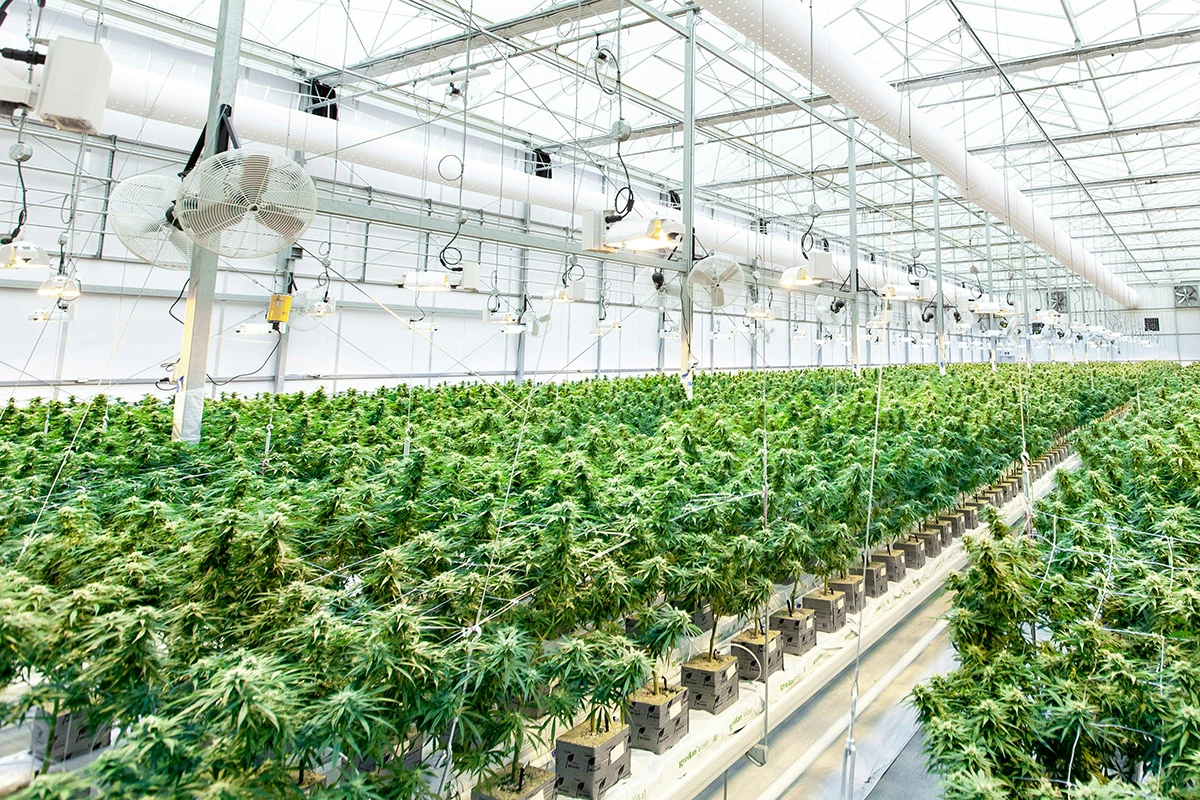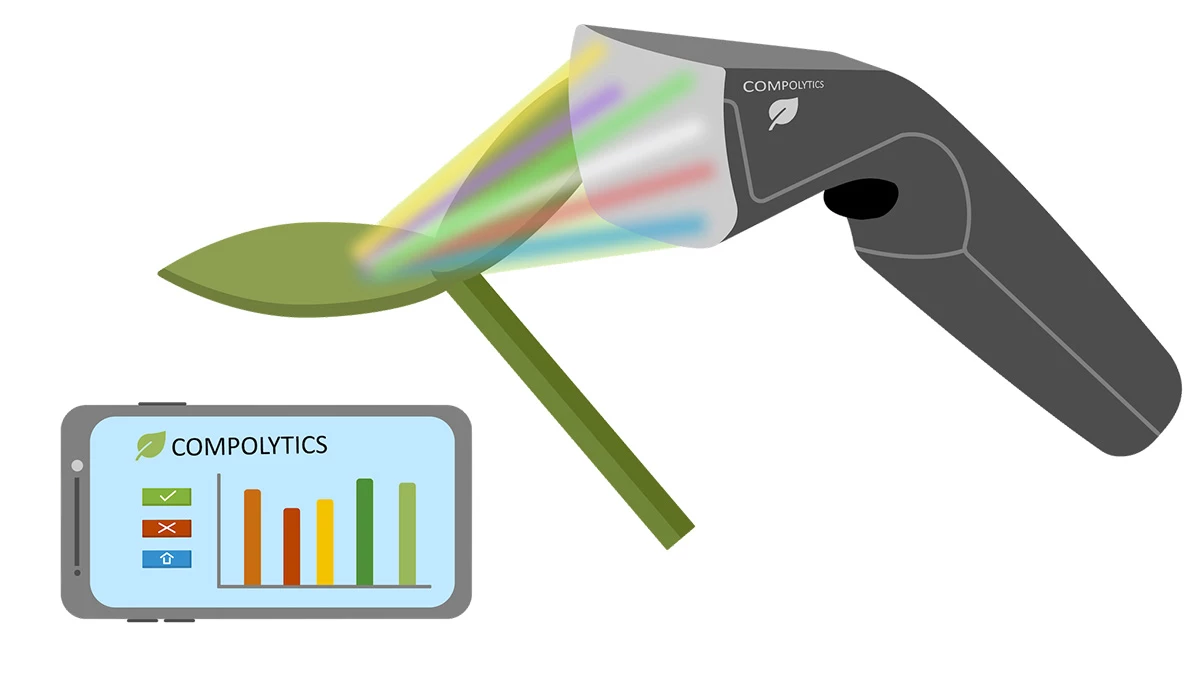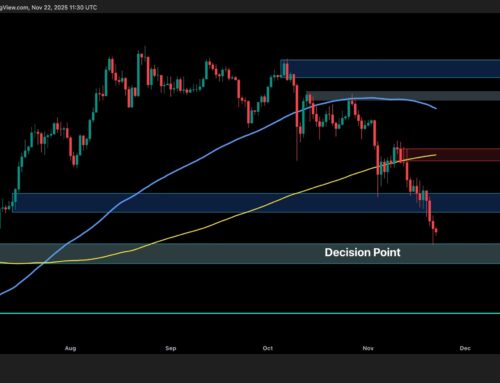Is your weed too strong? This scanner can tell you in an instant
November 21, 2025
A team of biologists in Australia has developed a scanning device to accurately detect exactly how potent a cannabis plant is, well before it’s harvested. And no, it’s not for selecting the choicest buds to get blasted with.
You see, it’s critical for medical cannabis growers to know if the weed they’re cultivating is indeed too strong and at risk of violating regulations around how much Tetrahydrocannabinol (THC) the plants contain. THC is the psychoactive compound that gets you high when you consume weed, whether in drinks, edibles, or smoked in a joint.
Industrial hemp farmers also need this info, as their crops are subject to strict THC limits. “The capacity to predict cannabinoid profiles weeks before harvest has significant implications for cannabis production, enabling growers and breeders to enhance product quality, reduce costs, and ensure regulatory compliance,” said Dr. Aaron Phillips from The University of Adelaide, who led the study that was published in Industrial Crops and Products this month.

Growers can also identify and prioritize plants predicted to have optimal cannabinoid content, and avoid wasting attention and resources on lower-quality individuals. Plus, cannabinoid content predictions help growers identify the earliest optimal harvesting time-points, which maximizes the final yield and minimizes the overall growth cycle duration. This data can even help researchers classify and differentiate cultivars, assisting breeders in selecting diverse parent plants early in development without extensive phenotyping.

To make it easier for growers to understand what’s happening inside these plants, the team devised a leaf-scanning method that works with intact fan leaves, and delivers readings instantly. It negates the need to cut samples and examine them in a lab using expensive, labor-intensive methods like high-performance liquid chromatography (HPLC) or gas chromatography coupled to mass spectroscopy (GC-MS) that require hazardous chemicals.
It features a technique called fan leaf hyperspectral reflectance (FLHR), which involves taking measurements across a plant’s canopy during early and late flowering periods. This is accomplished using specialized broadband halogen lighting and a spectroradiometer (a scanner, if you will) that measures the exact colors (wavelengths) of the light that bounce back, allowing it to “see” the biochemical composition inside the leaf without cutting it open. The team uses its spectroradiometer to capture data across 2,151 wavelength bands from a small spot on a leaf for a reading.
Combined with machine learning models that search for patterns within the spectral data from the leaf scans that consistently related to desirable cannabinoid concentrations, the researchers’ tech reliably predicted the final cannabinoid content in the mature plant.

Image courtesy of the researchers
The machine learning model is fed the spectral profile of a plant’s leaves, along with the actual cannabinoid concentration that the plant’s flowers ended up producing. To ensure the model is reliable, the study used a “leave-one-out” validation scheme, which means the model was trained on data from almost all the plants in the experiment, and then tested on the one plant it had never seen before. This process was repeated for every single one of the 70 plants in the study to check the model’s performance under realistic conditions.

The researchers will continue developing this tech to include more genotypes and test the earliest point in the growth cycle that it can accurately predict flowers’ cannabinoid content at harvest. They’re also collaborating with German spectral sensing firm Compolytics to build a device the size of a supermarket barcode scanner for their FLHR system. A future scaling goal, Dr. Phillips noted, is “to test our approach with drones that can scan fields of hemp to find plants that exceed legal THC thresholds.”
Source: The University of Adelaide
Search
RECENT PRESS RELEASES
Related Post


